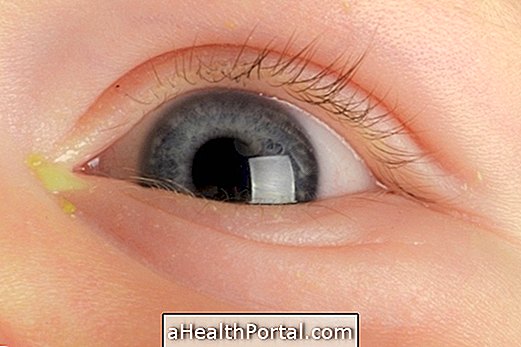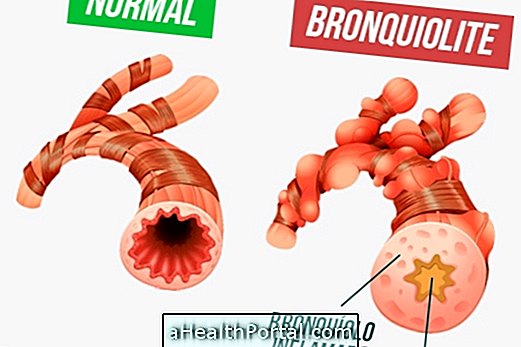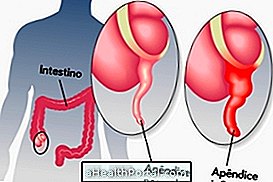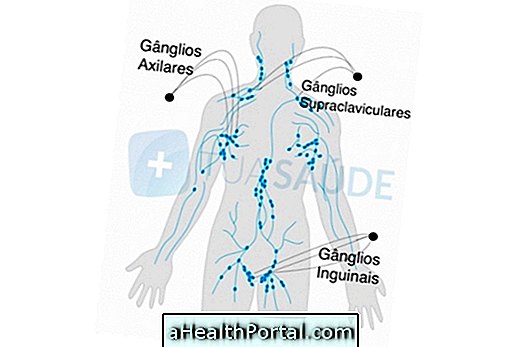The APGAR scale, also known as the APGAR index, is a test done on the newborn soon after birth that assesses your overall condition and vitality, helping to identify if any type of extra medical care or treatment is needed after birth .
This assessment is done within the first minute of birth and is repeated 5 days after delivery, taking into account baby's characteristics such as activity, heart rate, color, respiration, and natural reflexes.
How is the APGAR scale?
In the evaluation of the APGAR index, 5 major groups of vital signs are considered, including:
1. Activity (muscle tone)
- 0 = Flaccid muscles;
- 1 = Bend your fingers and move your arms or legs;
- 2 = Moves actively.
2. Heart beat
- 0 = No heart rate;
- 1 = Less than 100 beats per minute;
- 2 = Greater than 100 beats per minute.
3. Reflections
- 0 = Does not respond to stimuli;
- 1 = Faces when stimulated;
- 2 = Cry vigorously, cough or sneeze.
4. Color
- 0 = The body has pale or blue-gray coloration;
- 1 = Pinkish color on the body, but bluish on the feet or hands;
- 2 = Pinkish color throughout the body.
5. Breathing
- 0 = Do not breathe;
- 1 = Poor crying with irregular breathing;
- 2 = Strong crying with regular breathing.
For each dimension should be given the value corresponding to the response that best represents the state of the baby at the time. At the end, this score is summed to get a unique value, which can range from 0 to 10.
How to interpret the result
The interpretation of the value that comes after summing the score of all dimensions should always be done by an obstetrician, however, it is normal for a healthy baby to be born, at least with a score of 7 at the first minute. This type of score of less than 10 is quite common and happens because most babies need to be sucked to remove all the amniotic fluid from their lungs before they can breathe normally. However, around 5 minutes it is common for the value to increase to 10.
The occurrence of a score less than 7 at 1 minute is more common in babies born:
- After a risk pregnancy;
- By cesarean;
- After a complication in childbirth;
- Before 37 weeks.
In these cases, the lower score is not a cause for concern, however, it should increase after 5 minutes.
What happens when the result is lower
Most babies with a score of less than 7 on the APGAR scale are healthy, and so this value increases over the first 5 to 10 minutes of life. However, when the result is low, it may be necessary to be admitted to a neonatal unit to receive more specific care and ensure that it is developing as well as possible.
The low APGAR value does not predict any outcome on the child's intelligence, personality, health, or behavior in the future.
